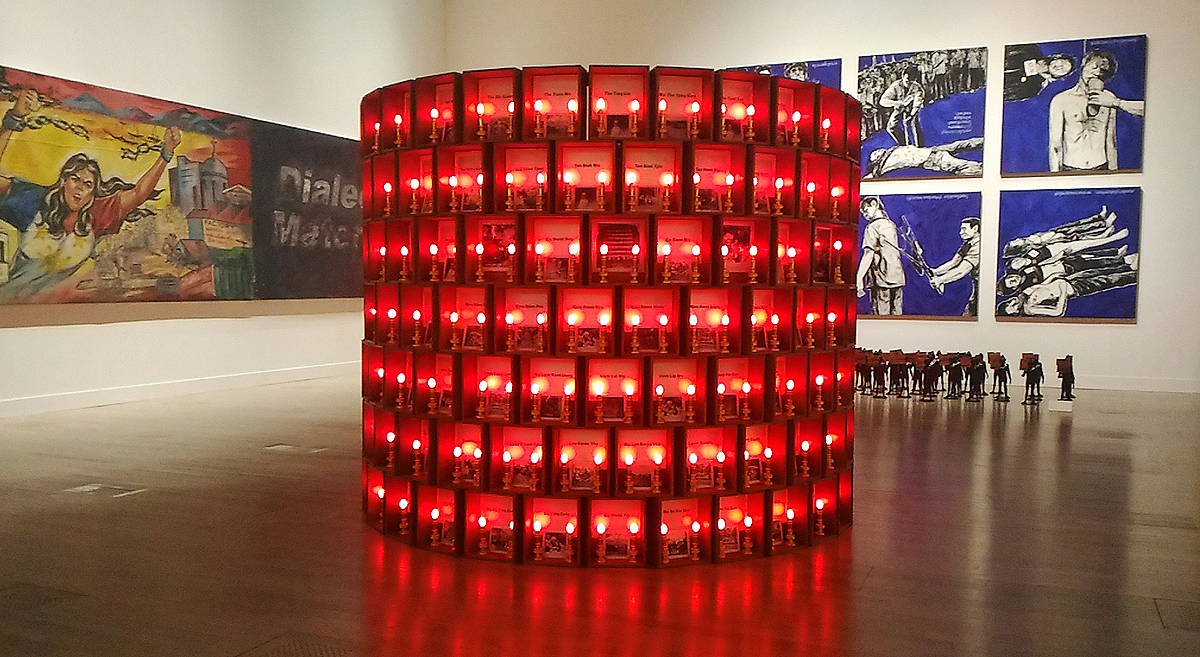A few years ago, at the press conference for Taiwanese artist Lee Mingwei's solo show at the Mori Art Museum (MAM), Fumio Nanjo, the museum director, talked about the direction the museum would be taking from then on; they were no longer so interested in "the West" and were aiming to focus more on Asia.
An outcome of this policy is the show "Sunshower: Contemporary Art from Southeast Asia 1980s to Now," and it's a very big affair. Hosted by The National Art Center, Tokyo (NACT) as well as the MAM, the exhibition coincides with the 50th anniversary of the founding of the Association of Southeast Asian Nations. It also represents the result of 2½ years of preparation by staff of the two institutions working with four independent curators — from Indonesia, Malaysia, New Zealand and the Philippines — and the support of the Japan Foundation, 10 foreign embassies, six media chains, two airlines, Champagne Pommery and four corporate sponsors (one of these, the construction company Obayashi, recently announced it's going to build a space elevator).
Apart from communism, several other specters haunt this exhibition: colonialism, modernity and the relationship between the local to the global, especially as regards the vernacular versus the gallery art object as a symbol of cosmopolitan sophistication. There is also, of course, the specter of Japan's historical relationship with Southeast Asia; this is the other elephant in the room besides the life-size model of one hanging forlornly on its side in the MAM atrium, created by Apichatpong Weerasathukul and Chau Siris.



